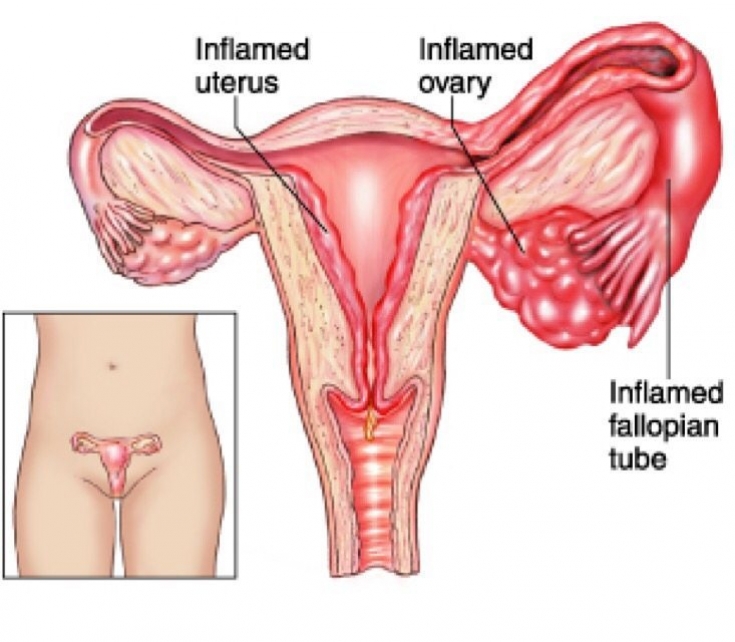Oophoritis — inflammatory disease of the ovaries, which can have an acute, subacute and chronic course. The severity of the clinical picture of this disease depends on the degree of spread of the pathological process, the state of immunity and & nbsp; the nature of the course of the disease. The microflora that causes oophoritis, and its activity, also affects the course of the process. Timely treatment of oophoritis guarantees recovery even in severe forms of this disease. On estet-portal.com read more about the modern tactics of treating oophoritis.
Effective treatment of oophoritis: basic approaches
Proper treatment of oophoritis speeds up recovery and reduces the risk of complications. Treatment of acute oophoritis, most often, takes place in a hospital, where patients are prescribed bed rest and a diet. Within 10-14 days, a course of antibiotic therapy is carried out, first empirical, followed by a transition to etiotropic.
Surgical intervention is necessary in case of ovarian abscess formation.
One of the main tasks of treatment is to prevent the transition of an acute process into a chronic one and prevent complications.
Treatment of oophoritis:
• tactics of treatment of oophoritis of infectious etiology;
• main methods of treatment of autoimmune oophoritis;
• differences between the tactics of treating acute and chronic oophoritis.

Tactics of treatment of oophoritis of infectious etiology
Treatment of oophoritis of infectious etiology is necessarily based on such principles as:
• appointment of empiric antibiotic therapy with broad-spectrum drugs for acute oophoritis;
• it is important for all patients to be examined for the presence of sexually transmitted diseases;
• Treatment should be systemic, as topical therapy is not effective enough;
• if you are allergic to medications, you must stop taking them immediately.
The absence of positive dynamics within 72 hours is an indication for changing the treatment regimen.
The main methods of treatment of autoimmune oophoritis
A long-term inflammatory process in the ovaries can provoke the development of immune disorders. In this regard, a frequent complication of chronic oophoritis is autoimmune oophoritis. Diagnosis of the disease is carried out by detecting antiovarian antibodies. Confirmation of the diagnosis is also a decrease in the size of the ovaries on ultrasound. For the treatment of autoimmune oophoritis, corticosteroids and antiestrogenic drugs are used. To restore ovarian function, hormone therapy.
The difference between the management of acute and chronic oophoritis
The main goals of the treatment of oophoritis are the elimination of the pathogen, the prevention of the transition of the process into a chronic form, the fight against pain, and in the case of a chronic process - the introduction of the disease into the stage of the longest possible remission.
The absence of etiotropic treatment of chronic oophoritis can provoke complications such as tubo-ovarian abscess, pelvioperitonitis and infertility.
Treatment of acute oophoritis involves empiric antibiotic therapy, but chronic inflammation in the ovaries requires the selection of an antibacterial drug in accordance with the sensitivity to the pathogen.







Add a comment